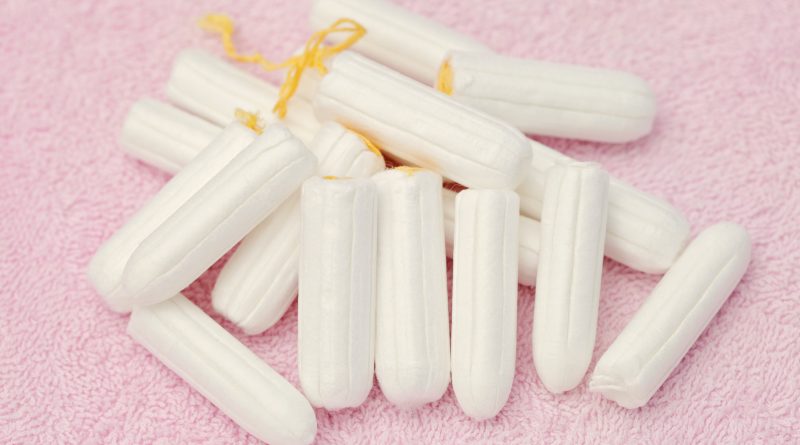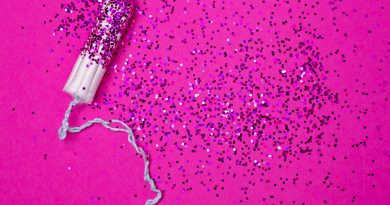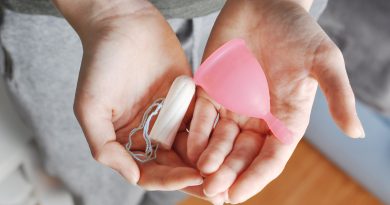Moving Away from Menstrual Capitalism
As reported by Gunjan Khadria for Youth Ki Awaaz, the commodification of menstrual products in the last century has led to the creation of a very lucrative market. This is best exemplified by the classification of menstrual products as luxury products in many countries, where they are often subject to a luxury tax known as the “tampon tax”.
Before tampons and pads became mainstream near the end of the nineteenth century, homemade products sourced from clothing fibres and other materials were commonplace. In 1921, Kotex emerged as the dominant menstrual product brand with the introduction of their cellulose pads.
While advancements in the menstrual product industry have led to increased freedom and choice for people who menstruate, marketing strategies have begun to co-opt feminist messaging in order to commercialize these necessities for financial gain. Many of these menstrual product companies create and enforce existing societal taboos through their marketing techniques. Menstruation is often portrayed in advertisements as an inconvenience to be conquered. Commercials rarely show blood, and often focus on the hygienic nature of their products as a selling point. This reinforces the stereotype that menstruation is dirty or something to be ashamed of, and is tantamount to companies profiting from the stigmatization of periods.
It is important that people who menstruate have access to a wide variety of menstrual products, and are able to choose the option that is best for them. However, large corporations should be held accountable for their marketing practices, and the ways they contribute to misinformation and the stigmatization of menstruation. Capitalistic profiteering should never be prioritized over the health and needs of people who menstruate. The primary purpose of menstrual products should always be to facilitate healthy periods for people who use them.



